Differences between Alumina and Zirconia Ceramic Substrate?
When designing high-performance electronic products, especially for demanding applications like power modules, RF devices, and LED lighting, the type of ceramic substrate you choose matters more than you think. Among the many materials available, alumina and zirconia are two of the most commonly used ceramic substrates.
They may look similar at first glance, but these two ceramics perform very differently under real-world conditions. From thermal conductivity and mechanical strength to cost and application suitability, each has distinct pros and cons. In this blog, we’ll break down the differences between alumina and zirconia ceramic substrates to help you make a more informed decision.
What Is an Alumina Ceramic Substrate?
Alumina (Al₂O₃) is a ceramic material made from aluminum oxide and is one of the most widely used materials in electronics. It’s known for its excellent thermal conductivity, electrical insulation, chemical resistance, and cost-efficiency. Alumina substrates are often produced with purity levels of 96%, 99%, or 99.6%, with higher purity offering better dielectric performance and thermal characteristics.
You’ll often find alumina substrates in:
- LED modules
- High-power electronic circuits
- Sensor platforms
- RF/microwave components
- Industrial automation systems
Its balanced properties and affordability make it a go-to solution for many engineers and designers.
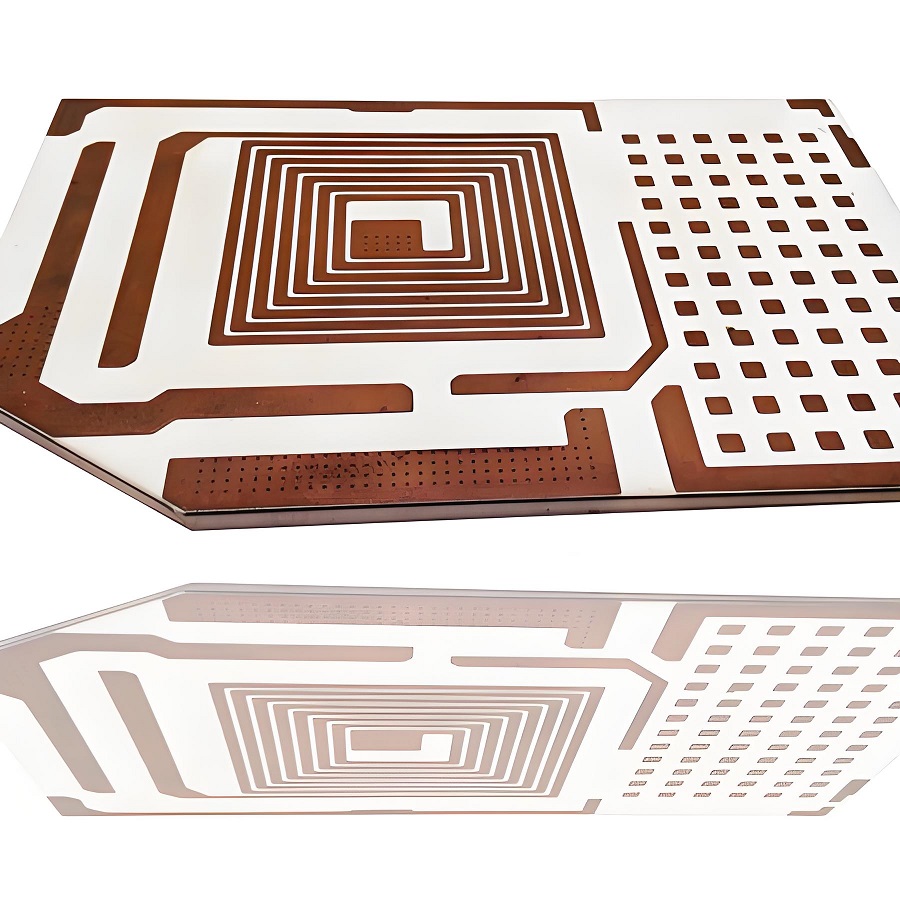
Alumina Ceramic Substrate Specifications
|
Property |
Value (96% Alumina) |
Value (99.6% Alumina) |
|
Purity |
96% Al₂O₃ |
99.6% Al₂O₃ |
|
Thermal Conductivity |
18–24 W/m·K |
26–30 W/m·K |
|
Dielectric Constant (1MHz) |
9.5 |
9.8 |
|
Dielectric Strength |
≥13 kV/mm |
≥15 kV/mm |
|
Volume Resistivity |
>10¹⁴ Ω·cm |
>10¹⁴ Ω·cm |
|
Flexural Strength |
~350 MPa |
~400 MPa |
|
Coefficient of Thermal Expansion (CTE) |
7.1 ×10⁻⁶ /K |
7.2 ×10⁻⁶ /K |
|
Maximum Operating Temperature |
~1500°C |
~1700°C |
|
Water Absorption |
0% |
0% |
|
Color |
White or light ivory |
White |
What Is a Zirconia Ceramic Substrate?
Zirconia (ZrO₂), or zirconium dioxide, is another advanced ceramic material used for electronic and structural applications. Unlike alumina, zirconia offers exceptional toughness and mechanical strength, especially when stabilized with yttria (creating Y-TZP: Yttria-stabilized Tetragonal Zirconia Polycrystal). This transformation-toughened material can absorb more stress without cracking, giving it a major edge in applications prone to mechanical impact or vibration.
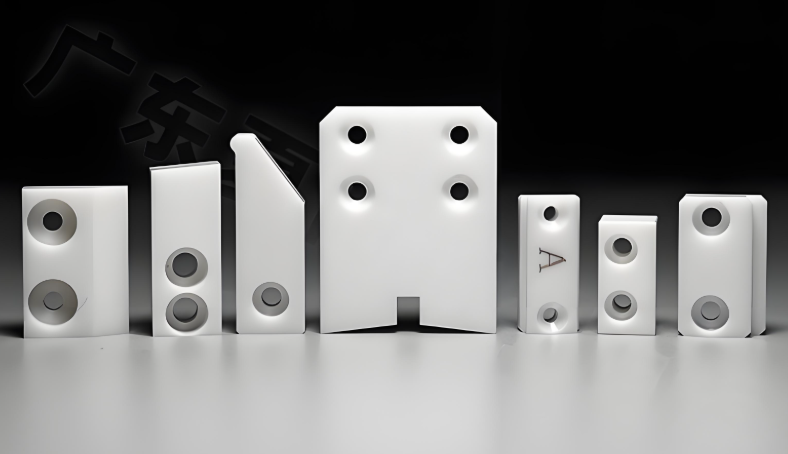
Zirconia ceramic substrates are often used in:
- Precision sensors
- Medical devices like dental implants and orthopedic components
- Wear-resistant parts
- Structural parts for high-vibration environments
- Thermal insulation barriers (in low-heat applications)
Despite its high strength, zirconia is more expensive and less thermally conductive, which limits its use in heat-intensive electronic designs.
Zirconia Ceramic Substrate Specifications
|
Property |
Value (Y-TZP Zirconia) |
|
Purity |
94–97% ZrO₂ + stabilizers |
|
Stabilizer |
Yttria (Y₂O₃), typically 3–5% |
|
Thermal Conductivity |
2–3 W/m·K |
|
Dielectric Constant (1MHz) |
28–32 |
|
Dielectric Strength |
~10–12 kV/mm |
|
Volume Resistivity |
>10¹² Ω·cm |
|
Flexural Strength |
~900–1200 MPa |
|
Fracture Toughness |
7–10 MPa·m½ |
|
Coefficient of Thermal Expansion (CTE) |
10–11 ×10⁻⁶ /K |
|
Maximum Operating Temperature |
~1000°C |
|
Hardness (Vickers) |
1200–1300 HV |
|
Color |
White or ivory (can be yellowish) |
Is Zirconia Alumina Better Than Aluminum Oxide?
The answer depends entirely on the application. Let’s break it down.
✅ Zirconia Alumina (ZTA) is a composite material that combines the toughness of zirconia with the insulation and hardness of alumina. It typically contains 10–30% zirconia in an alumina matrix. ZTA is tougher than pure alumina and more affordable than pure zirconia.
✅ Aluminum Oxide (Alumina) on its own offers higher thermal conductivity, better electrical insulation, and superior chemical stability. It is widely used in electronics for ceramic PCBs, substrates, and insulating layers.
Common Applications Based on Material
✅ Alumina Substrates
- LED lighting modules
- RF and microwave circuits
- Power converters
- High-frequency signal boards
- Semiconductor packaging
- Medical diagnostic devices
✅ Zirconia Substrates
- Dental implants
- High-end sensors
- Optical lenses and guides
- Wear-resistant components
- Structural supports in aerospace
- High-precision, low-heat electronics
Which One Should You Choose?
The right choice between alumina and zirconia comes down to your application’s specific needs:
- Go with alumina if your focus is thermal management, electrical insulation, and cost-effectiveness.
- Choose zirconia if you need mechanical strength, impact resistance, high precision, or metal compatibility and don’t require high thermal conductivity.
If you're developing electronics that generate significant heat—like power LEDs or high-power RF circuits—alumina is the better choice. But for bio-compatible applications or systems exposed to mechanical stress, zirconia offers unmatched toughness.
At Best Technology, we offer a wide range of ceramic substrates, including 96% and 99.6% alumina, yttria-stabilized zirconia, and zirconia-alumina composites. Whether you're developing high-performance electronics or durable structural parts, we provide engineering guidance, competitive pricing, and fast prototyping services.
FAQs
1. Which ceramic substrate is better for high-heat applications?
Alumina is better due to its high thermal conductivity, which helps remove heat efficiently.
2. Is zirconia more durable than alumina?
Yes, zirconia is significantly tougher and more resistant to cracking under stress.
3. Can I use zirconia in power electronics?
Generally no. Its low thermal conductivity makes it unsuitable for most power applications.
4. Is alumina suitable for medical applications?
Yes, especially in diagnostic equipment, but zirconia is more common in implants due to its toughness.
5. Which is more cost-effective for mass production?
Alumina is cheaper and more widely used in large-scale ceramic PCB manufacturing.








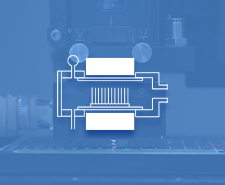
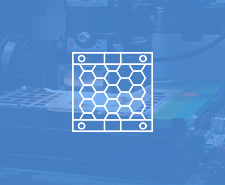




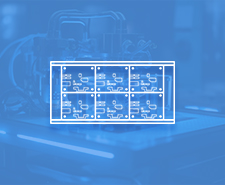



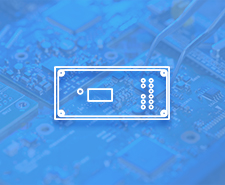
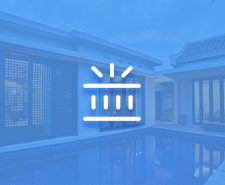


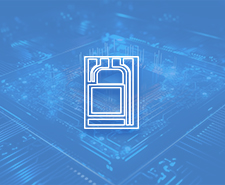































 HOME
HOME







